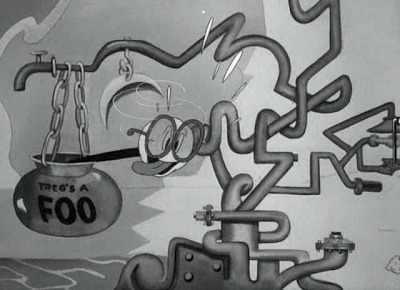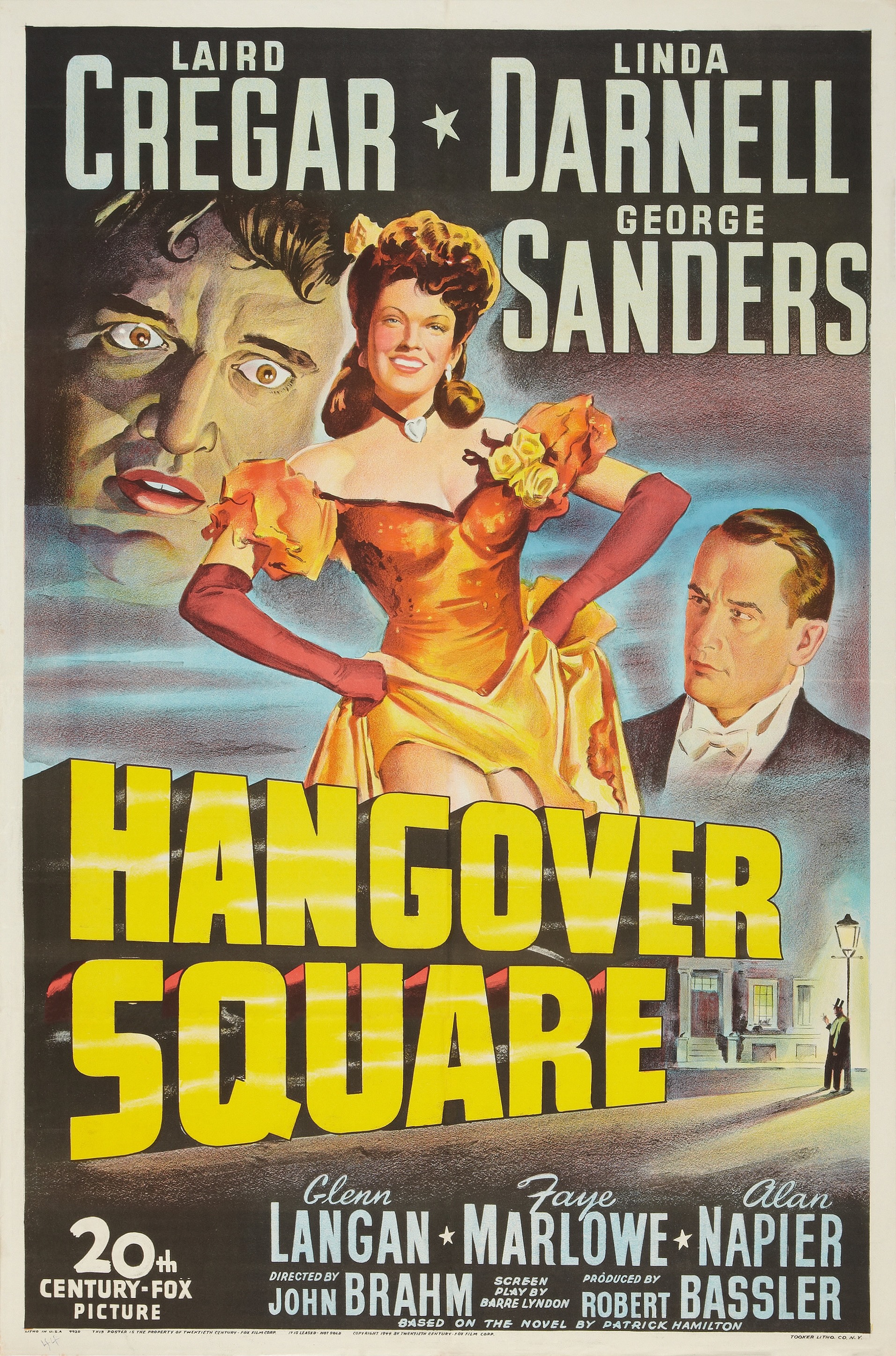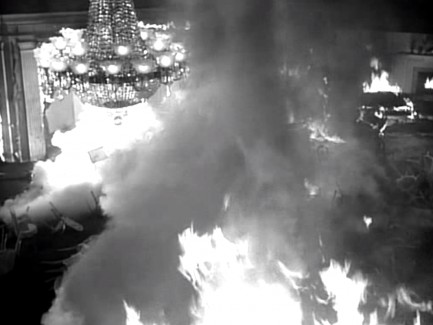All of these cartoons can be Googled and found intact on Daily Motion.
Page Miss Glory
This first Warner Bros cartoon
takes its name from a movie released the previous year about a country woman
who dreams about becoming a starlet, and gets her chance to play a starlet,
which becomes real. In this cartoon, we
see a page dreaming of serving a starlet in a fancy hotel, although he is in a
small town. It is interesting that there
are a lot of references to alcohol here, as prohibition just ended a few years
before, so people are pretty giddy at the opportunity to partake openly.
As an early cartoon, it isn’t bad,
but it doesn’t have lasting power. I
also don’t think it was intended to.
Warner Bros. cartoons were more successful when they tapped into a
lasting myth (e.g. the rabbit and the hunter reversing roles), but many of the
cartoons were simply reflections of the culture at the time of the
cartoon. That works for newsreels, but
not necessarily for later generations.
I Love to Singa
This cartoon is based on the
Warner Bros. movie, The Singing Kid, starring Al Jolson, which has the song “I
Love to Singa”, played three times in the film.
The tune is repeated a number of times in the cartoon as well. The main characters are owls so they can have
the joke, “Owl Jolson”. Note that Chuck
Jones is a main animator here.
Wholly Smoke
Porky Pig was introduced in cartoons in 1935 in the film “I Haven’t Got a Hat”. He was originally voiced by Joe Dougherty, who had a severe stutter. In fact, the stutter was so severe that production costs were too high to keep him as the voice, so Mel Blanc took over as the voice of the popular Porky Pig in 1937.
There are a couple places that seem influential on Disney—the position and look of the “bad kid” on Lampwick in Pinocchio, and the chaotic end of the dream sequence on Dumbo. The original was black and white, but it was colorized later on. The song “Little Boys Shouldn’t Smoke” is based on the song “Mysterious Mose”, which was used to better effect in a Betty Boop cartoon in 1930.
Porky Pig was introduced in cartoons in 1935 in the film “I Haven’t Got a Hat”. He was originally voiced by Joe Dougherty, who had a severe stutter. In fact, the stutter was so severe that production costs were too high to keep him as the voice, so Mel Blanc took over as the voice of the popular Porky Pig in 1937.
There are a couple places that seem influential on Disney—the position and look of the “bad kid” on Lampwick in Pinocchio, and the chaotic end of the dream sequence on Dumbo. The original was black and white, but it was colorized later on. The song “Little Boys Shouldn’t Smoke” is based on the song “Mysterious Mose”, which was used to better effect in a Betty Boop cartoon in 1930.
I like a good sermon, but this
one just seems dumb—a repetition of “children shouldn’t smoke” and a weird
dream sequence. The cameos work better—the
Three Stooges, Bing Crosby and many puns based on different cigars/cigarettes.
Okay, but I’m not
impressed.
Porky in Wackyland
I remember much of this, but I
wonder if I didn’t see a colorized version of this film called Dough for the
Do-Do from 1948, which cut some of the scenes, added a couple others and tried
to avoid most of the racial stereotypes by giving the “African” characters skin
of primary colors.
 Honestly, I think that the
imagination and animation quality are excellent here. The Dali/Seussian landscapes and the number of unique
creatures are fascinating and fun. This
is basically a “hunt daffy duck” cartoon, but the insanity of those early cartoons
really work with the unique insanity of this one. It also has a great punchline at the end.
Honestly, I think that the
imagination and animation quality are excellent here. The Dali/Seussian landscapes and the number of unique
creatures are fascinating and fun. This
is basically a “hunt daffy duck” cartoon, but the insanity of those early cartoons
really work with the unique insanity of this one. It also has a great punchline at the end.It isn’t laugh out loud funny, but there’s a lot to see and be interested in, even today. Quite surrealistic and fun.
Porky in Egypt
The introduction of “Egypt” containing not only Arabic, but black and East Indian stereotypes is pathetic, but expected. The film really gets on when Porky and his camel Humpty Dumpy goes into the desert.
The introduction of “Egypt” containing not only Arabic, but black and East Indian stereotypes is pathetic, but expected. The film really gets on when Porky and his camel Humpty Dumpy goes into the desert.
My favorite part is the camel’s
speech about “desert madness”. It must
be based on some speech, but I can’t find out what. Very well done. The depiction of madness devolves into the
desert mirage joke and Daffy Duck imitations, but there are some good sections
here.
Still, I probably wouldn’t
recommend it apart from the middle section with the sun hammering down and
Humpty going crazy.







